Discover Andalusia’s Enchanting Villages and Rich History
During my initial evening in the quaint Alpujarran village of Mairena, which boasts a population of just 150, I had the pleasure of meeting the local mayor, Rafael Marzon. He was seen guiding a flock of 80 sheep down the village lane and shared a light-hearted conversation with the guesthouse owner about how he began with just eight sheep to retain his shepherding roots.
My walking holiday with Inntravel allowed me to encounter multiple mayors throughout my journey among the charming, whitewashed villages nestled in the Sierra Nevada mountains, located southeast of Granada. A simple phone call for access to a small museum dedicated to British writer Gerald Brenan in the village of Yegen (population 300) led to Mayor José Antonio Gómez arriving personally to welcome me and open the museum doors.
This personal touch reflects the communal spirit found in the Alpujarra, a historic area characterized by its stunning mountainous terrain in Andalusia. It’s a region where traditional ways of life are still preserved, residents maintain close-knit ties, fragrant valleys are filled with wild thyme and rosemary, and mules were once the primary means of transport.
For many, these villages embody the essence of romantic rural Spain, largely due to the writers who were captivated by their beauty. Notably, in the 1920s, following his discharge from the British Army after World War I, Brenan moved to Yegen where he rented a house and lived intermittently between 1920 and 1934. He often invited fellow Bloomsbury Group members to visit—Virginia Woolf found her stay delightful, while Lytton Strachey was less impressed—and eventually penned “South from Granada,” offering insights into village life.

The 1990s saw former Genesis drummer Chris Stewart inspire readers with his memoir “Driving over Lemons,” which ignited dreams of purchasing remote farms and embarking on a self-sufficient lifestyle.
Having enjoyed both Brenan’s and Stewart’s works long ago, I was thrilled by the prospect of trekking through the Sierra Nevada, uncovering secluded villages adorned in traditional Berber architecture, with sugar cube houses descending dramatically down hillsides. The remnants of Moorish culture remain palpable, as their influence pervades daily life. The terraced farms, the intricate acequia irrigation systems that channel snowmelt, and the cultivation of almonds, figs, and olives continue to flourish. Spanish poet and playwright Federico García Lorca aptly referred to the Alpujarra as “the land of nowhere” due to its rich, blended cultural tapestry.
My boyfriend and I, inspired by Brenan but preferring a less rigorous experience, selected a gentle walking holiday where we could establish a base in a village and explore various routes daily, ranging from brief morning walks to full-day hikes, always pausing for a delicious tapas lunch.
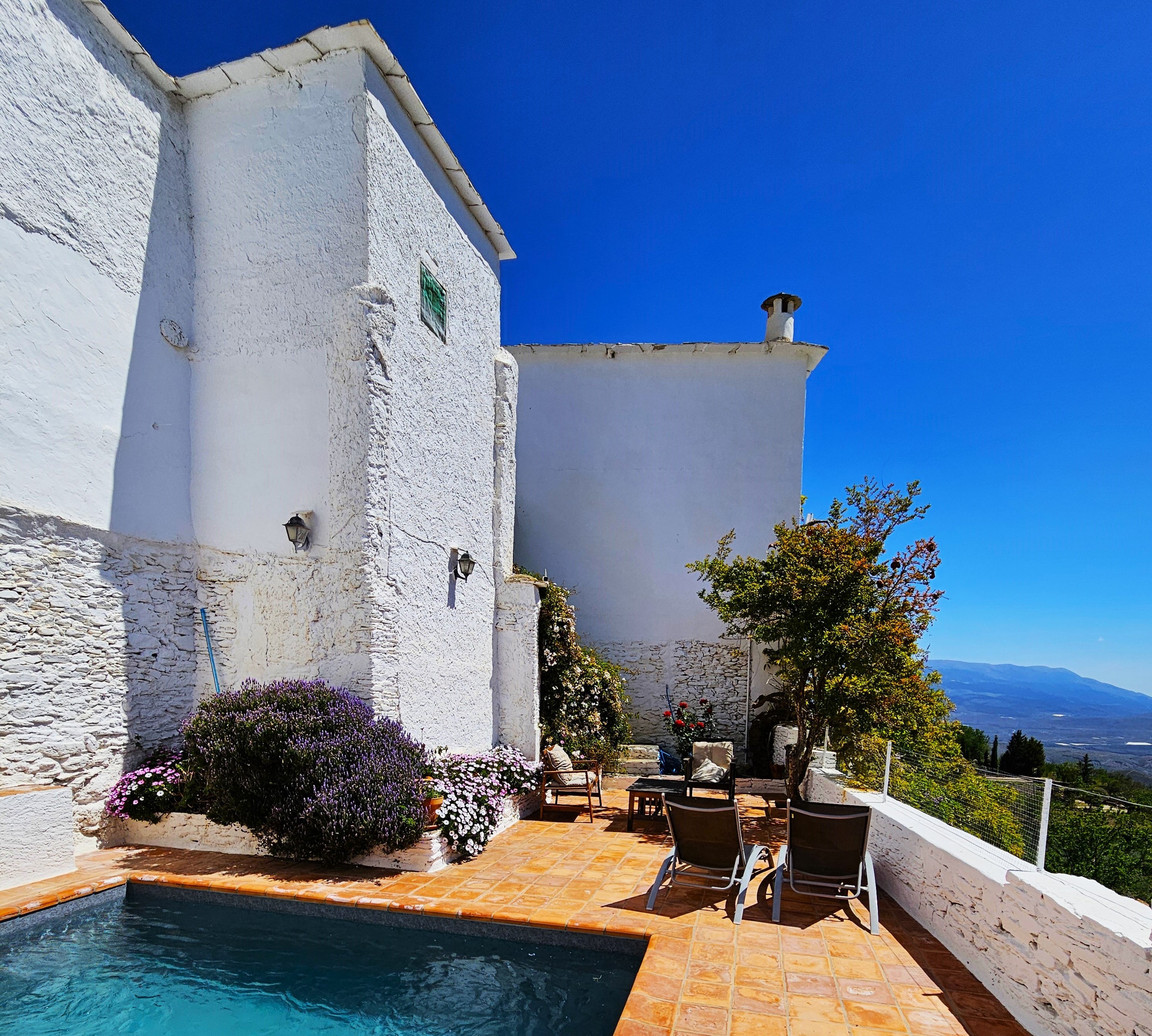
Inntravel introduced us to the lovely couple, David and Emma Illsley, who have managed a guesthouse named Casa Las Chimeneas for over 20 years in Mairena. Their dedication to the community is palpable, and as soon as we checked in, we felt at home amid Alpujarran life.
Each morning, we would exchange greetings with locals while heading to the restaurant for breakfast. As night fell and the restaurant’s log fire warmed the atmosphere, we shared cherished walking tales over dinner with other guests.
Dinners were nothing short of extraordinary, prepared by local chefs Conchi and Fernanda. Our meals included dishes like broad beans with aged serrano ham, fried aubergine drizzled with molasses, stuffed mushrooms, and roasted red peppers, all enjoyed with locally sourced Alpujarran wine and followed by scrumptious desserts such as chocolate-dipped figs and refreshing oranges with mint and dates. The culinary delights of the region have inspired a book by the Illsleys titled “Las Chimeneas: Recipes and Stories from an Alpujarran Village.”
While we opted for a rental car to expand our exploration, Mairena offered an extensive network of walking trails connecting neighboring villages, making it unnecessary to venture far by vehicle. Additionally, Casa Las Chimeneas was always ready to arrange taxis for those seeking adventures. Prior to our trip, Inntravel provided a comprehensive walking guide filled with historical insights, dining recommendations, and detailed route information ensuring we never lost our way.
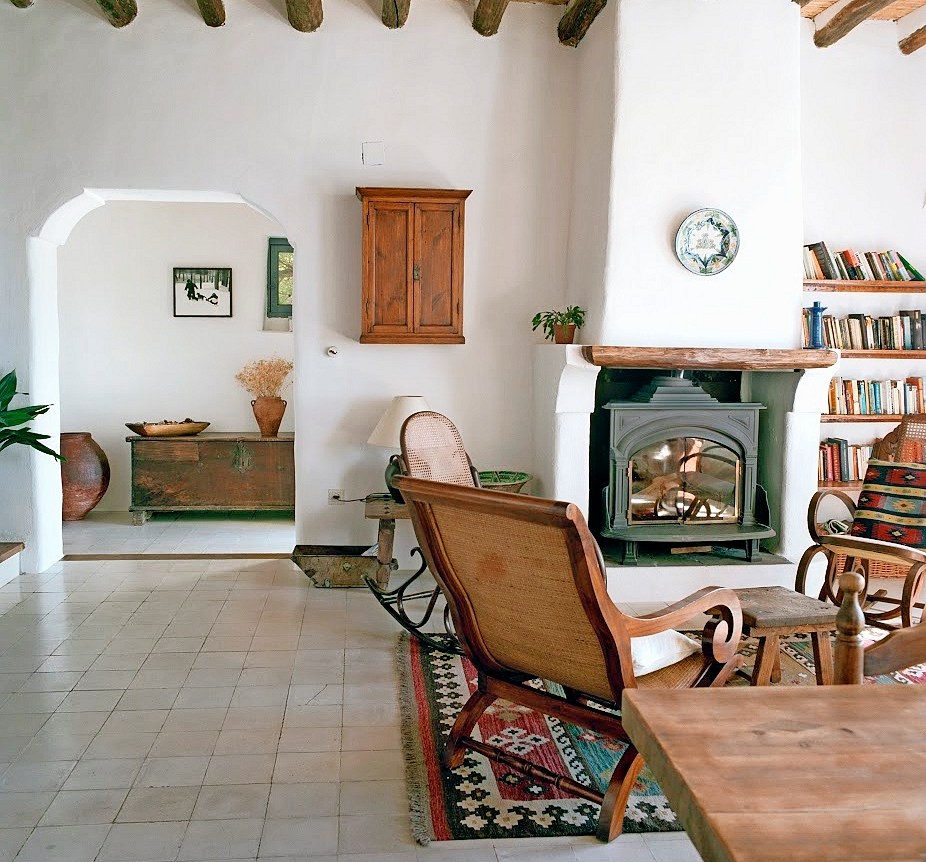
Each day began with a careful examination of our guide, selecting our path for the day. David and Emma shared their suggestions and facilitated additional activities, from securing entry to the Brenan museum to learning about traditional silk weaving from a neighbor in the nearby village of Valor.
One lovely afternoon, we accompanied David to his smallholding, sampling wild asparagus, fennel, and fresh oranges during our stroll. On another occasion, we ventured to the next village, Jubar, home to just 14 residents.
The local church perched on a cliff overlooking the valley embodies the diverse cultural layers of the area, designed after a mosque and crowned with both a Star of David and a cross. Inside, 16th-century frescoes reveal a fusion of Catholic saints and a curandera (healer), believed to stand beside Jesus.
On our return to Mairena, we visited Isabel, a local beekeeper, who graciously delivered a liter of pure Alpujarran honey to David for just £7.
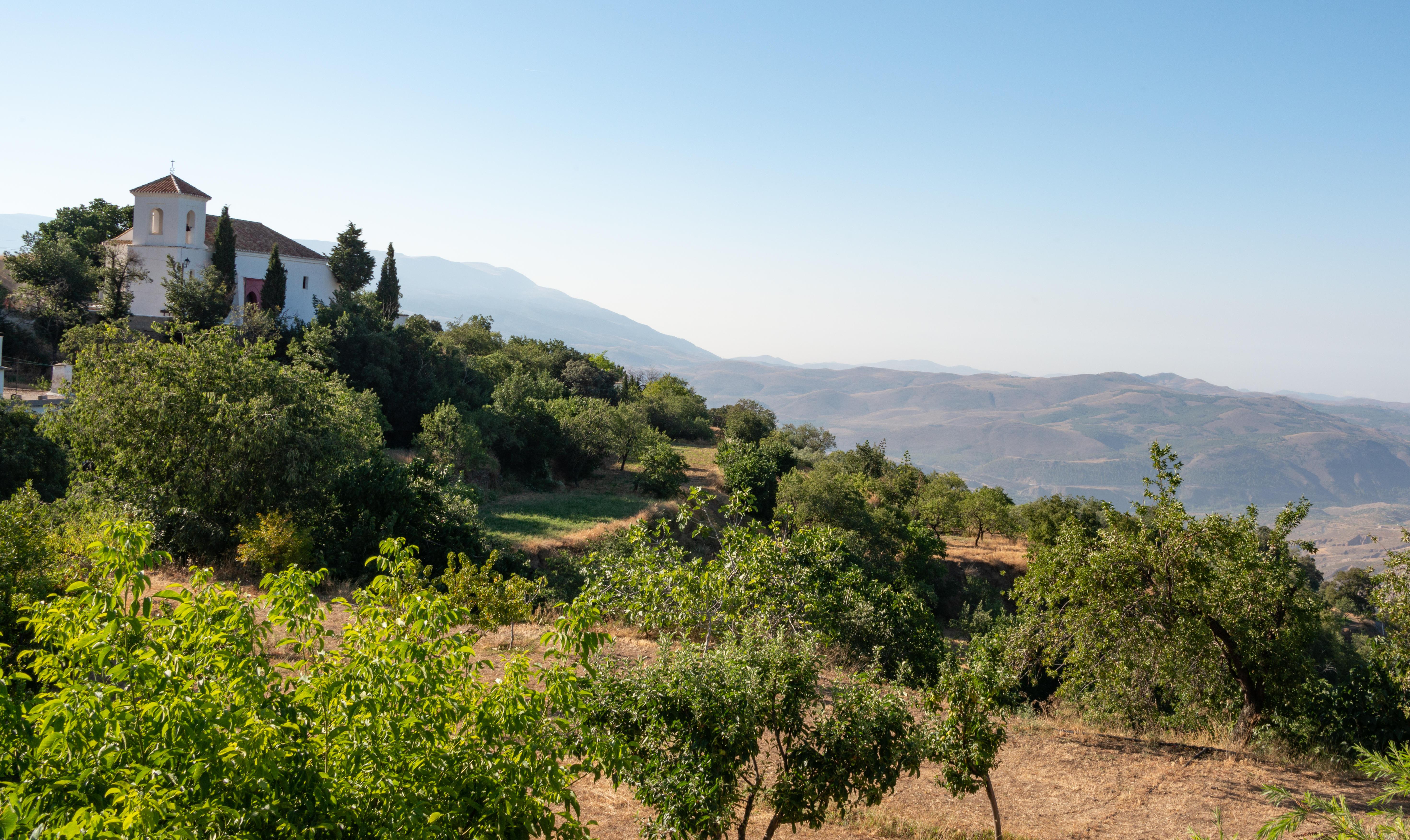
Throughout our adventures, a quick call from David or Emma opened doors to the local community. At the Brenan museum in Yegen, Mayor Gómez graciously shared black-and-white photographs captured by Danish photographer Vagn Hansen, affectionately referred to as Juan el Dinamarca by residents for his decades of visits to document their way of life.
A short trek downhill led us to Casa Muñoz, a third-generation family-operated business specializing in curing serrano ham for distribution throughout Spain and beyond. Here, we wandered among hundreds of silently hanging legs of ham and indulged in a tasting before purchasing sliced jamon and chorizo for our journey, echoing what Brenan might have done decades prior as he enjoyed his after-meal walks alongside village springs.
One day, our path took us down a mule track to the vibrant market town of Ugijar. This seven-mile round trip from Mairena promised scenic views of the Sierra Nevada and encounters with meandering streams and striking rust-colored landscapes.
An unfortunate rolled ankle halted our final day’s walking plans, not due to strenuous hiking but rather a distracted misstep while admiring the breathtaking sunset over the valley as I headed to dinner. Instead, we embarked on a short drive along serpentine roads to Laujar de Andarax, just over the border into Almeria yet still part of the historic Alpujarra. This charming town is notable as the retreat of Boabdil, the final Sultan of Granada.
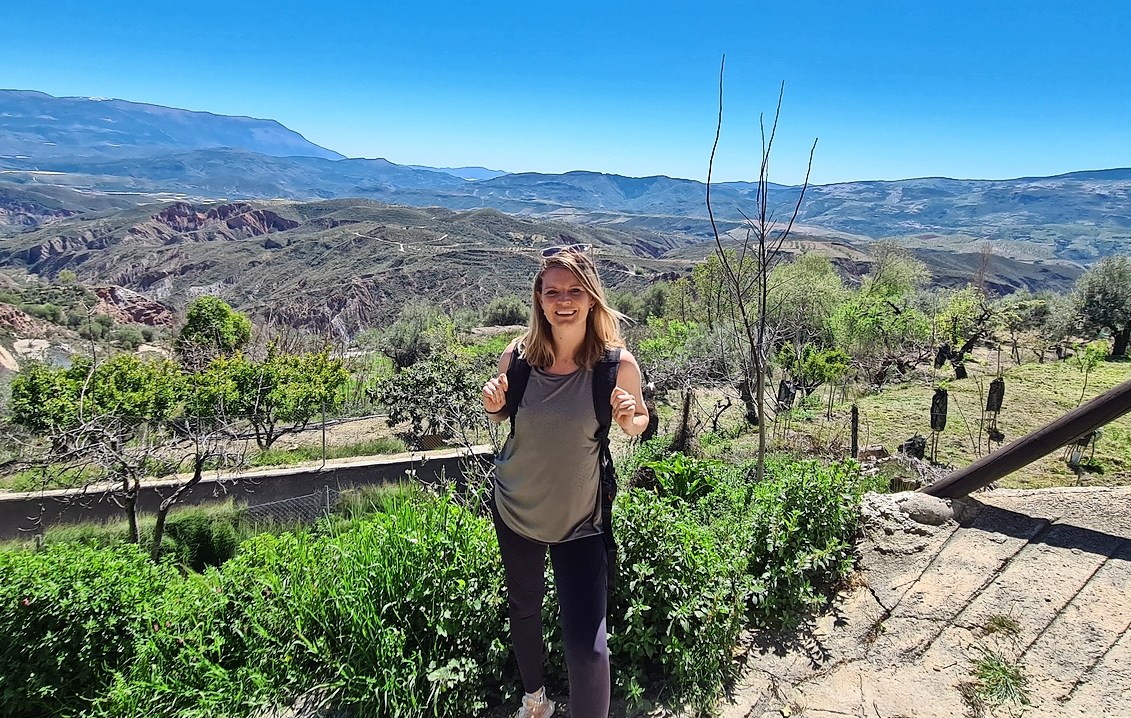
During our visit, we marveled at the remains of Boabdil’s alcazar (fortress), explored the 17th-century Cathedral of the Alpujarra, and mingled with locals savoring coffee and churros on a delightful spring Sunday in the main square. The picturesque landscape is adorned with vineyards, and when we realized the wine served at Casa Las Chimeneas came from a nearby vineyard called Bodega Fuente Victoria, we decided to drop in unannounced.
The Suárez family, now revitalizing once-lost vines, graciously welcomed us into their shop for an impromptu tour of their wine cellar, exemplifying the warm hospitality prevalent in the mountains.
Having fully embraced the Alpujarran lifestyle, I learned that Inntravel also provides an enticing extension for a two-night city break. After following the Moorish trail across the Sierra Nevada, it felt fitting to delve into the grandeur of their last stronghold in Granada. Our stay at the Casa Morisca hotel, located in the city’s oldest area, the Albaicin, allowed us to enjoy views of the Alhambra glowing in pink hues against the Sierra Nevada’s lingering winter snow.
To explore the opulent Nasrid Palaces of the Alhambra, where Boabdil reigned, advance ticket reservations are a must. The intricate marble courtyards and ornate details of the architecture are truly enchanting.
Legend has it that Boabdil, as he left for exile in the Alpujarra, turned to take a final glimpse of all he had lost, shedding a tear—only to be reassured by his mother that it was not manly to weep for what he failed to defend.
This poignant tale encapsulates the evocative allure of this region of Andalusia, where stories of kingdoms rise and fall are woven into the very fabric of the land, inspiring generations of writers.
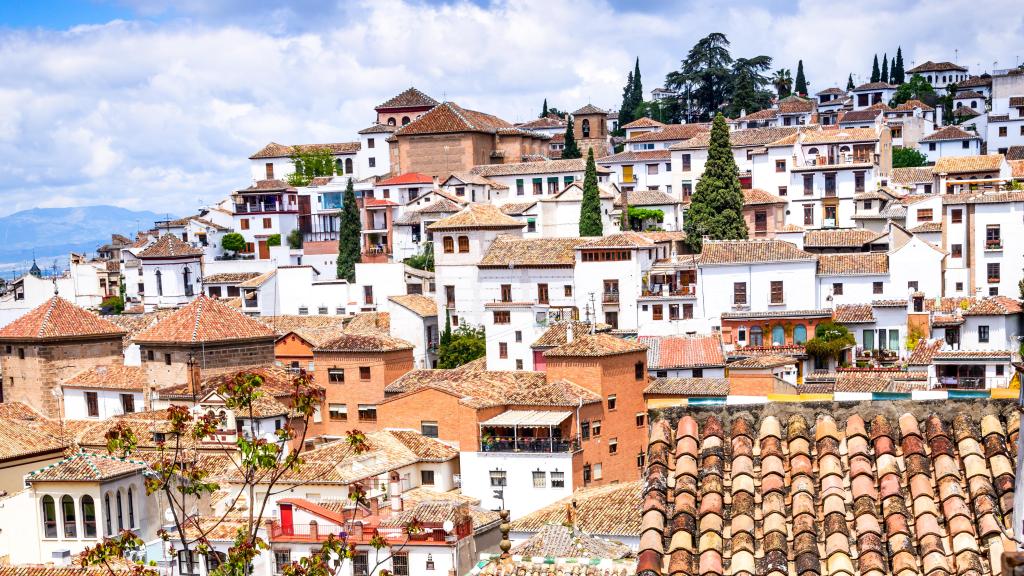



Post Comment